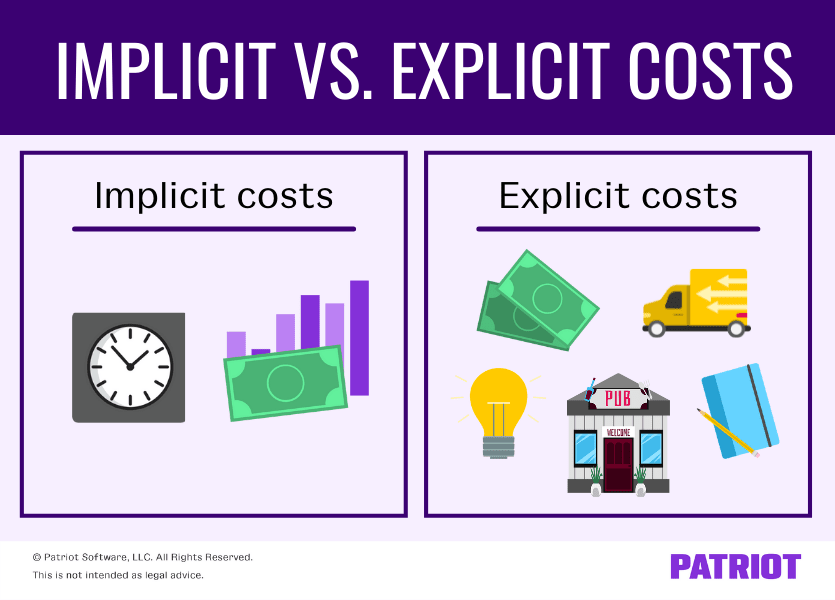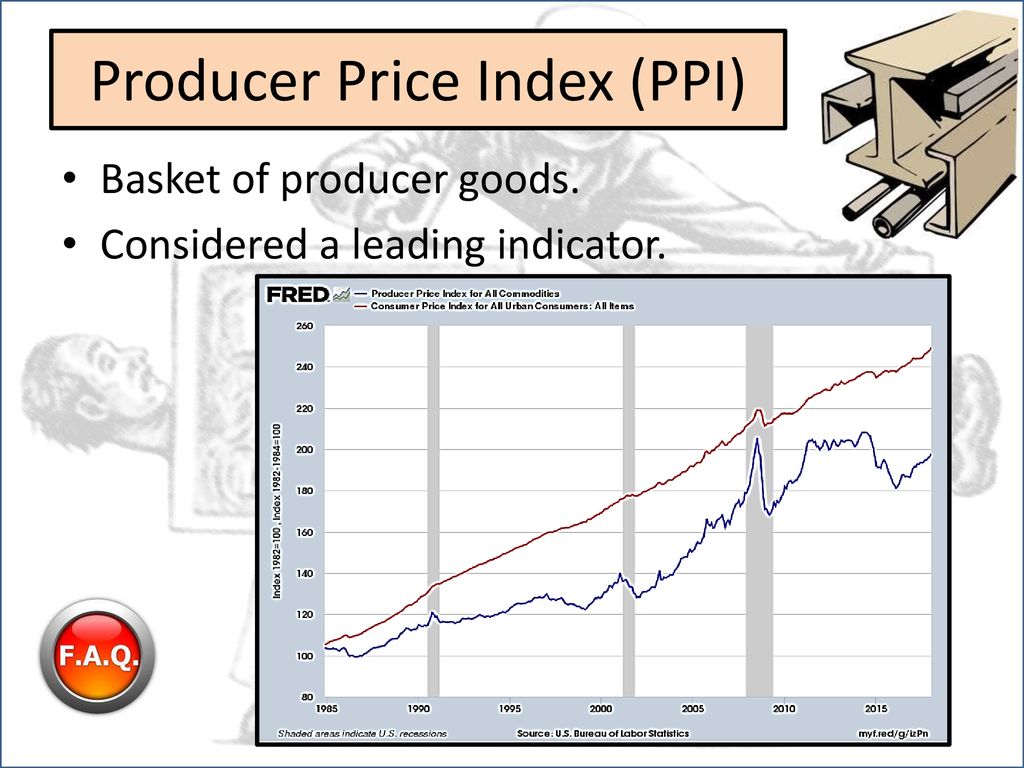
Implicit vs. Explicit Costs: Uncovering True Economic Cost Beyond the Balance Sheet
Ever wondered if you’re truly seeing the full financial picture when making a decision, whether personal or business-related? Most people naturally focus on the obvious, "out-of-pocket" expenses – the bills, the receipts, the money leaving their bank account. These are what economists call explicit costs.
But what about the hidden sacrifices, the opportunities you gave up? These often-invisible expenses, known as implicit costs, play a crucial role in determining the true economic cost of any choice. Understanding both explicit and implicit costs is fundamental to making truly informed decisions, calculating real profitability, and navigating the world of economics with clarity.
This comprehensive guide will demystify these two essential concepts, explain their crucial differences, and reveal why uncovering your true economic cost is vital for success.
What Are Explicit Costs? The Obvious Outlays
Think of explicit costs as the tangible, direct, and easily quantifiable expenses that involve a clear transfer of money. These are the costs you’d typically find recorded in a company’s accounting books or on your personal budget sheet. They are "out-of-pocket" expenses, meaning cash or an equivalent asset is actually paid out.
Key Characteristics of Explicit Costs:
- Tangible and Documented: You can usually see a receipt, invoice, or bank statement for these expenses.
- Monetary Payments: They involve a direct transfer of money from one party to another.
- Easy to Identify: They are typically straightforward to track and measure.
- Recorded by Accountants: These are the costs that form the basis of a company’s financial statements (like the income statement).
Common Examples of Explicit Costs:
- Wages and Salaries: Payments to employees for their labor.
- Rent: Payments for the use of office space, a factory, or equipment.
- Raw Materials: The cost of goods used in production (e.g., wood for furniture, flour for bread).
- Utilities: Bills for electricity, water, gas, and internet.
- Advertising Expenses: Money spent on marketing campaigns, ads, or promotions.
- Loan Interest Payments: The cost of borrowing money.
- Insurance Premiums: Payments for various types of insurance (e.g., property, liability).
- Taxes: Various business taxes, property taxes, etc.
Think of it this way: If you open a lemonade stand, the explicit costs would be the money you spend on lemons, sugar, cups, and the permit fee. You can easily add these up and see the total amount you spent.
What Are Implicit Costs? The Hidden Sacrifices
Implicit costs, also known as "implied" or "opportunity" costs, are the less obvious, non-monetary costs that represent the value of the best alternative foregone when a particular choice is made. They don’t involve a direct cash payment, but they represent a real economic sacrifice.
The most important thing to remember about implicit costs is that they are directly tied to the concept of Opportunity Cost.
Key Characteristics of Implicit Costs:
- Intangible and Non-Monetary: They don’t involve a direct cash outlay.
- Difficult to Quantify: They often require estimation and careful consideration of alternatives.
- Not Recorded by Accountants: You won’t find implicit costs on a traditional balance sheet or income statement. They are crucial for economic decision-making, not just financial reporting.
- Represent a Foregone Opportunity: They reflect the benefit you could have gained from the next best alternative.
Common Examples of Implicit Costs:
- Foregone Income/Salary: If you quit your well-paying job to start your own business, the salary you could have earned at your old job is an implicit cost of starting your new venture.
- Use of Own Assets:
- Using your own building for your business: The rent you could have earned by leasing that building to someone else is an implicit cost.
- Using your own capital/savings: The interest or investment returns you could have earned by investing that money elsewhere (e.g., in a savings account or stocks) is an implicit cost.
- Owner’s Time and Effort: If you’re an entrepreneur working countless hours, the value of your time that you could have spent on leisure, another job, or other productive activities is an implicit cost.
- Depreciation of Owned Assets: While explicit costs might include maintenance, the gradual wear and tear and decrease in value of your own equipment or property is an implicit cost (though sometimes accounted for in accounting, it’s the economic value lost that’s implicit).
Think of it this way: Going back to the lemonade stand. If you spend 4 hours making and selling lemonade, and you could have earned $15/hour working at a local store during that time, then $60 ($15 x 4 hours) is an implicit cost of running your lemonade stand. You didn’t pay $60, but you sacrificed $60 in potential earnings.
The Crucial Link: Opportunity Cost
You can’t truly understand implicit costs without grasping opportunity cost.
Opportunity cost is defined as the value of the next best alternative that was not taken when a decision was made. Every choice we make involves giving something else up. That "something else" is the opportunity cost.
Implicit costs are a form of opportunity cost. When you choose to use your own resources (time, money, property) for one purpose, you implicitly give up the opportunity to use them for their next best alternative. The value of that foregone alternative becomes an implicit cost.
Example: If you have $10,000 in savings:
- Option A: Invest it in a new business venture.
- Option B: Put it in a high-yield savings account earning 5% interest ($500 per year).
If you choose Option A, the $500 in interest you could have earned from Option B is an implicit cost of starting your business. You didn’t pay $500, but you sacrificed that potential income.
Why Distinguish? Accounting Profit vs. Economic Profit
The distinction between explicit and implicit costs is absolutely critical when evaluating the true profitability and viability of a business or any economic endeavor. This leads us to two different types of profit:
-
Accounting Profit:
- This is the profit calculated by accountants and shown on a company’s income statement.
- Formula: Accounting Profit = Total Revenue – Explicit Costs
- Accounting profit focuses on the direct monetary transactions. It’s important for tax purposes, financial reporting, and showing a basic level of financial health.
-
Economic Profit:
- This is the true measure of a business’s success from an economic perspective. It considers all costs, both explicit and implicit.
- Formula: Economic Profit = Total Revenue – Explicit Costs – Implicit Costs
- Alternatively: Economic Profit = Accounting Profit – Implicit Costs
- Economic profit reveals whether the resources used in a particular venture are earning more than they could in their next best alternative use.
The Difference Explained:
Imagine Sarah, a talented baker, quits her job earning $50,000 a year to open her own bakery.
-
Year 1 Financials:
- Total Revenue: $100,000
- Explicit Costs (ingredients, rent, utilities, staff wages): $60,000
-
Sarah’s Accounting Profit:
- $100,000 (Revenue) – $60,000 (Explicit Costs) = $40,000
From an accounting perspective, Sarah’s bakery looks profitable. But let’s consider her implicit cost:
-
Implicit Cost (Foregone Salary): $50,000 (the salary she gave up)
-
Sarah’s Economic Profit:
- $100,000 (Revenue) – $60,000 (Explicit Costs) – $50,000 (Implicit Cost) = -$10,000
Conclusion:
- Accounting Profit of $40,000: The bakery is making money on its direct operations.
- Economic Profit of -$10,000: Economically, Sarah is actually worse off than if she had stayed at her old job. Her resources (her time and skills) are not earning as much in the bakery as they could elsewhere.
This example highlights why economic profit is crucial for long-term decision-making. A business might show an accounting profit but still not be economically viable if its resources could generate greater returns in an alternative use.
Real-World Examples & Scenarios
Let’s explore a few more practical scenarios to solidify your understanding:
1. Deciding to Go to College vs. Working Full-Time:
- Explicit Costs of College: Tuition fees, textbooks, housing (if not living at home), transportation, specific course materials.
- Implicit Costs of College: The income you could have earned if you had started working full-time instead of attending college. This can be a substantial sum over several years.
2. Buying a House vs. Renting:
- Explicit Costs of Buying: Mortgage payments, property taxes, homeowner’s insurance, maintenance, closing costs.
- Implicit Costs of Buying: The interest you could have earned if you had invested your down payment and monthly mortgage principal payments in the stock market or other investments. Also, the time and effort spent on maintenance and repairs.
3. Starting a Freelance Business from Home:
- Explicit Costs: Software subscriptions, marketing tools, specific equipment (e.g., a powerful computer, professional camera), co-working space fees (if applicable).
- Implicit Costs:
- The salary you forgo by not working a traditional job.
- The rent you could charge for using a dedicated room in your house as an office (if you own the house).
- The interest you could earn on any personal savings you invest into the business.
- The value of your leisure time sacrificed for long work hours.
4. A Farmer Deciding to Grow Wheat Instead of Corn:
- Explicit Costs (Wheat): Seeds, fertilizer, labor, fuel for machinery.
- Implicit Costs (Wheat): The profit the farmer could have earned by growing corn on that same land with the same resources.
The Importance of Uncovering True Economic Cost
Understanding and calculating both explicit and implicit costs empowers individuals and businesses to make far more strategic and economically sound decisions. Here’s why it’s so important:
-
Informed Decision-Making: It allows you to see the full picture of costs and benefits, not just the easily quantifiable ones. This leads to better choices about resource allocation, project viability, and career paths.
-
Accurate Profitability Assessment: Economic profit provides a more realistic measure of whether a venture is truly successful or if resources would be better utilized elsewhere. A business might appear profitable on paper (accounting profit) but be economically unsustainable.
-
Strategic Resource Allocation: By recognizing implicit costs, you can ensure that your valuable resources (time, capital, property) are being deployed in their most productive and profitable uses.
-
Competitive Advantage: Businesses that accurately assess their true economic costs can price their products/services more effectively, understand their break-even points better, and make more competitive strategic moves.
-
Long-Term Sustainability: Ignoring implicit costs can lead to decisions that appear beneficial in the short run but are detrimental to long-term financial health and sustainability.
Tips for Identifying Implicit Costs
Identifying explicit costs is usually straightforward. Implicit costs, however, require a bit more thought and estimation. Here are some tips:
- Always Ask: "What Am I Giving Up?" For every decision, actively brainstorm the next best alternative you are sacrificing.
- Value Your Time: If you’re spending your own time on a project, what is the monetary value of that time? What could you be earning or doing instead?
- Consider Your Own Capital: If you’re using your personal savings or property, what could that money or property be generating if used differently (e.g., interest, rent)?
- Look Beyond Cash Flow: Implicit costs won’t show up in your cash flow statements. You need to think conceptually about foregone opportunities.
- Research Market Rates: To estimate implicit costs like foregone rent or salary, research what similar properties would rent for or what a person with your skills could earn in the job market.
- Be Realistic, Not Overly Optimistic: When valuing alternatives, use realistic market rates, not inflated or overly conservative figures.
Conclusion: Your Path to Smarter Economic Decisions
The journey to uncovering true economic cost begins with recognizing that not all costs come with a receipt. While explicit costs are the obvious foundation of any financial assessment, implicit costs – the hidden sacrifices and foregone opportunities – are equally, if not more, crucial for making sound economic decisions.
By embracing the concept of opportunity cost and meticulously considering both types of costs, you move beyond mere accounting profit to understand true economic profit. This deeper understanding empowers you, whether as an entrepreneur, a student, an investor, or simply an individual managing your finances, to allocate your resources wisely, evaluate opportunities accurately, and ultimately, make smarter choices that lead to long-term success and well-being. So, the next time you face a decision, remember to look beyond the balance sheet and uncover the full economic picture!




Post Comment